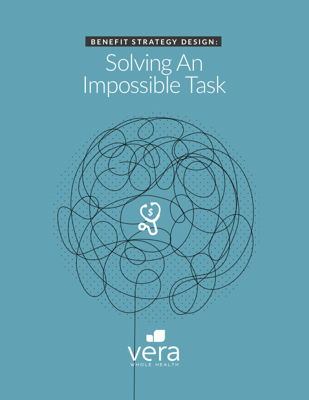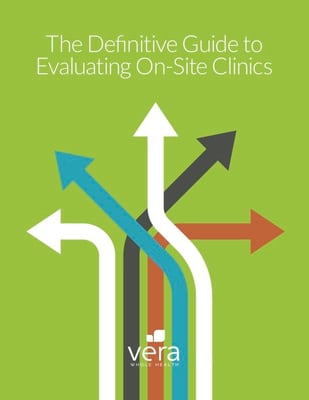An In-Depth Look at
Benefit Strategies
Benefit strategies provide a road map to align employee and employer needs while maintaining the organization’s values and business objectives.
Components of a Benefit Strategy
Choosing employee benefits is one of the most important decisions an employer has to make. A clear benefit strategy makes that decision easier.
Successful benefit strategies should reflect the needs of employees and employers, align with an organization’s values, and achieve business objectives.
Every benefit strategy should consider:
- Organization culture, where it is now and where it is desired to be
- Budget considerations, both short-term and long-term
- Employee needs, from innovative benefits for millenials to special services for aging workforces
Traditional Approaches to a Benefit Strategy
In a traditional approach, insurance brokers work to shop an employer’s benefit needs to multiple carriers. From those options, an employer chooses the plan that best aligns with their organization’s needs.
In many cases, a benefit strategy is simply copied from the previous year. When changes are made, they are typically modifications to the previous plan. For example, rising healthcare costs force employers to reduce wellness programs or move employees to a high-deductible plan.
Over time, these continual slight modifications distort benefit strategies until they no longer work to achieve the organization’s goals. Employers facing stale benefit strategies need to consider whether their current benefit strategy can work or if a new approach is necessary.
On-Site Clinic as an Innovative Part of a Benefit Strategy
Balancing improved benefits with reduced costs is often at the center of tough benefit strategy decisions, but it doesn’t have to be. An on-site clinic creates a fertile environment for a successful benefit strategy because it improves health and reduces costs by empowering patients to take ownership of their own health.
Studies have shown that as much as 70% of healthcare costs can be attributed to lifestyle and behavioral choices (NAHU). As a result, today’s benefit strategies focus on the type of consumer-directed healthcare that on-site clinics deliver.
Our experience has shown that the following on-site clinic practices empower patients to take ownership of their own health:
- Time-rich appointments allow patients and providers the opportunity to form meaningful connections and discuss barriers and goals for improved health
- Dedicated care teams work in partnership with patients to develop personalized care plans that acknowledge barriers and goals for improved health
- Health coaches empower and guide patients to make positive lifestyle and behavioral changes that drive positive health outcomes
- Whole person care acknowledges the importance of treating a patient’s mental, social, and physical health
Providing these benefits at an accessible on-site clinic allows patients to improve their health, leading to reduced costs derived from fewer claims, better management of chronic illness, and highly coordinated referrals. Paired with clear communication strategies that allow the clinic to adapt to the needs of employees and employers, an on-site clinic represents a permanent solution for annual benefit strategy decisions.
Designing a Benefit Strategy
Designing your benefit strategy starts with a careful analysis of your organization’s culture, goals, and gaps in coverage.
Culture
Healthcare has the power to dramatically impact the lives of your employees. A benefit strategy that prioritizes great benefits has the capacity to recruit, retain, and reward great employees.
Goals
Defining goals focuses a benefit strategy direction. Whether your goals are to reduce costs or improve benefits, or both, identify what you want your benefit strategy to accomplish and design it to suit those needs.
Gaps
Identifying where needs exist within a current benefits plan allows employers to evaluate the best ways to adjust their benefit strategy to fill in those gaps. Collaboration with employee representatives, HR staff, and leadership teams, along with careful analysis of current claims data is crucial to identifying gaps in coverage.
Successfully Executing Your Strategy
Clear Communication
Executing a successful benefit strategy relies on well-organized coordination between employee representatives, HR administrators, and organizational leaders. Clear communication between all stakeholders drives better outcomes because employees understand how to access and utilize their benefits.
Rich Data
Once a benefit strategy is implemented, regular reviews ensure that it is operating as efficiently as possible. Reviewing claims data and informatics tune benefits to better suit the needs of employees and reduce costs for employers who aren’t spending money on services and programs that aren’t being used.
In addition, clear data and regular reviews offer employers the chance to check if their benefit strategy is representing an organization’s desired culture, actively achieving organization goals, and adequately filling previously identified gaps in coverage. If these objectives are not being met, employers must work to adjust their benefit strategy design so that it does.










